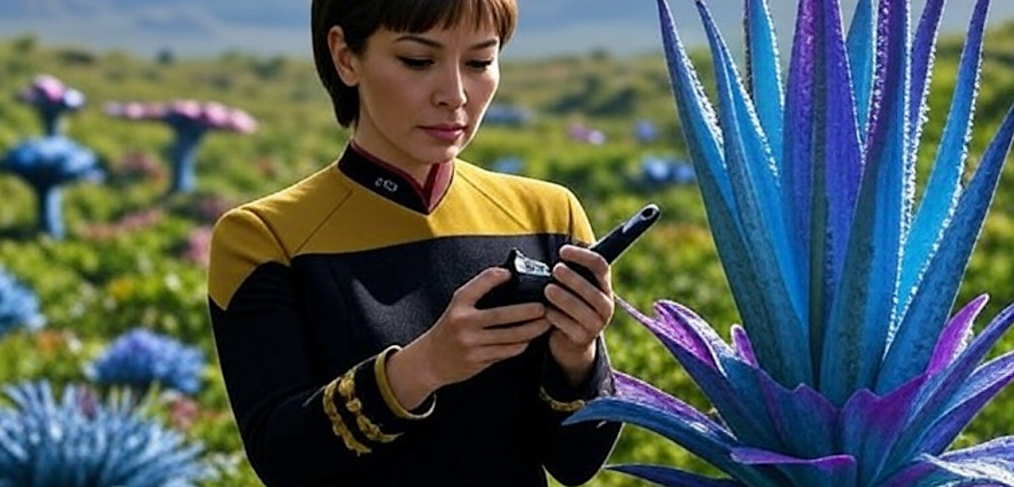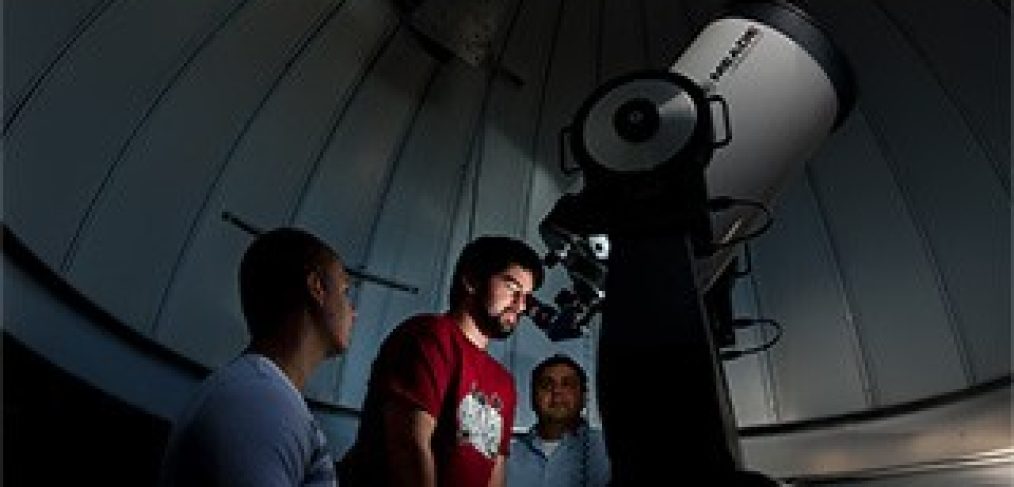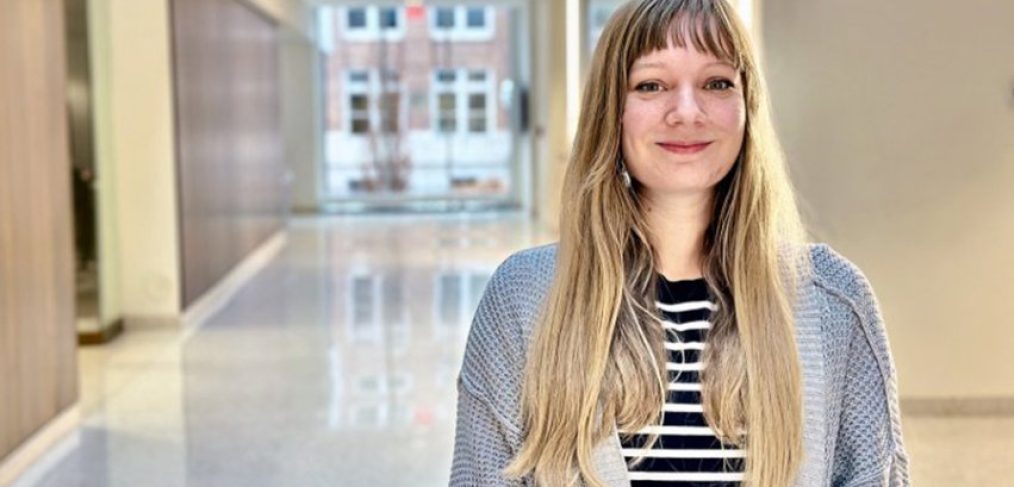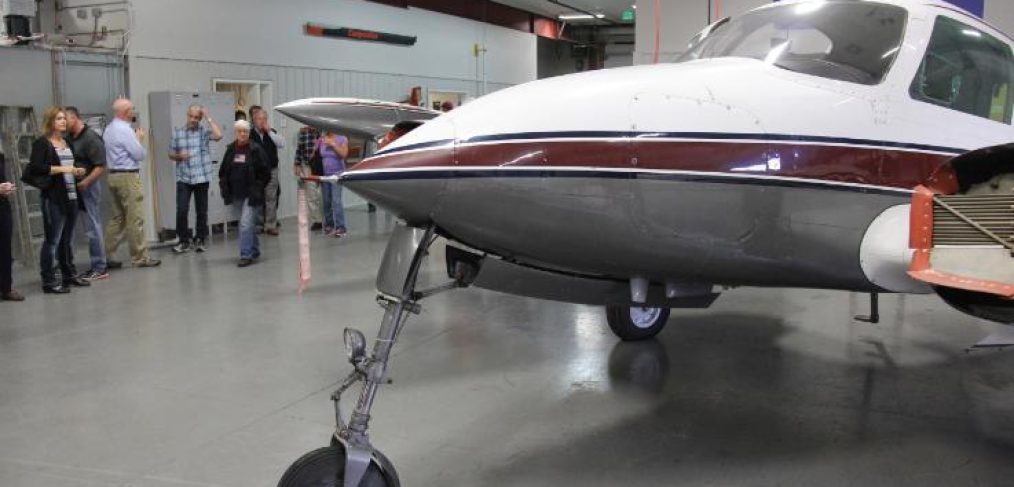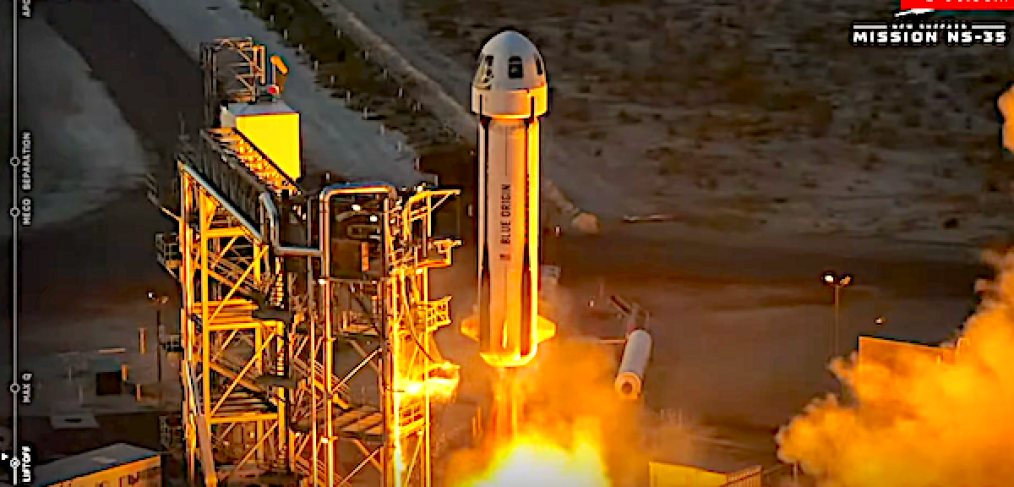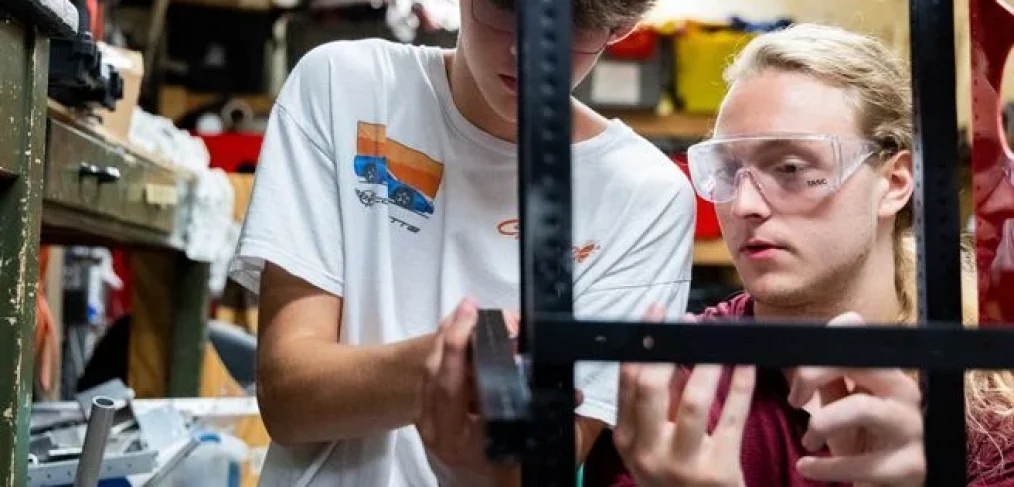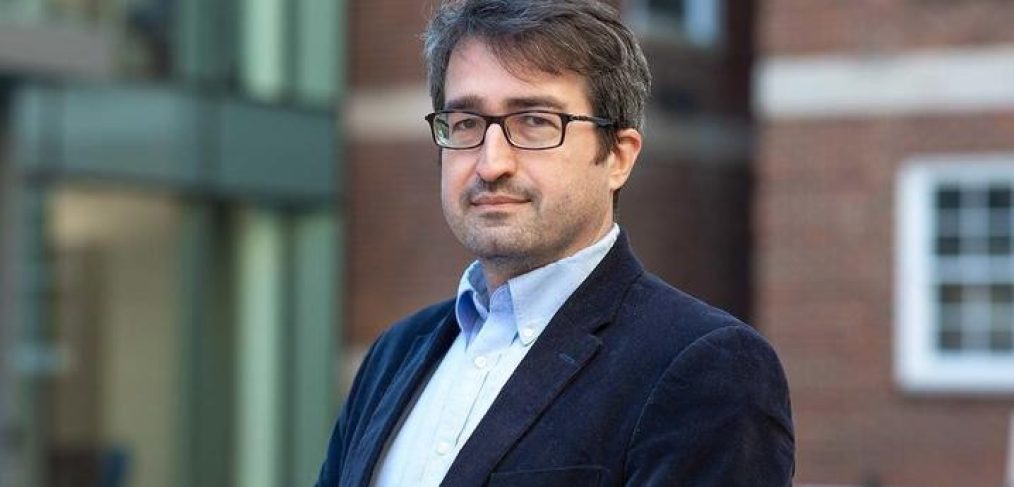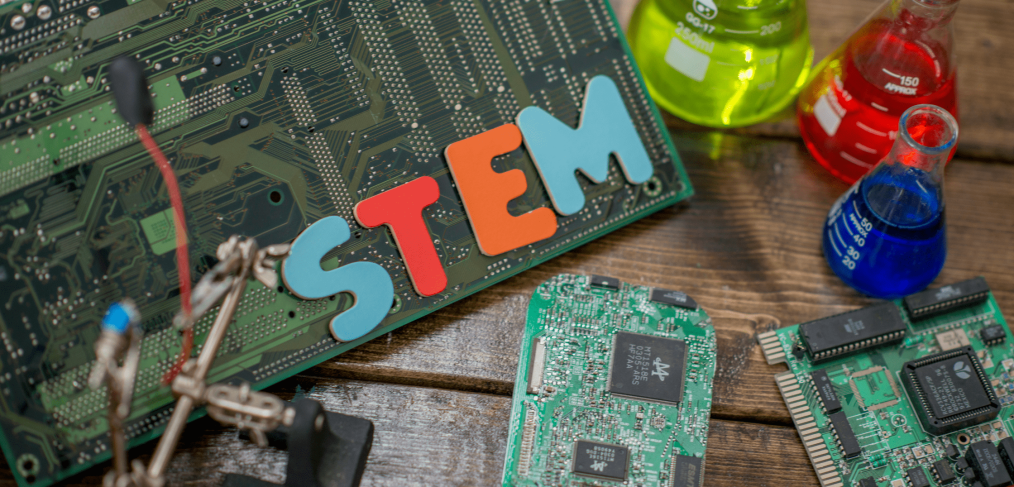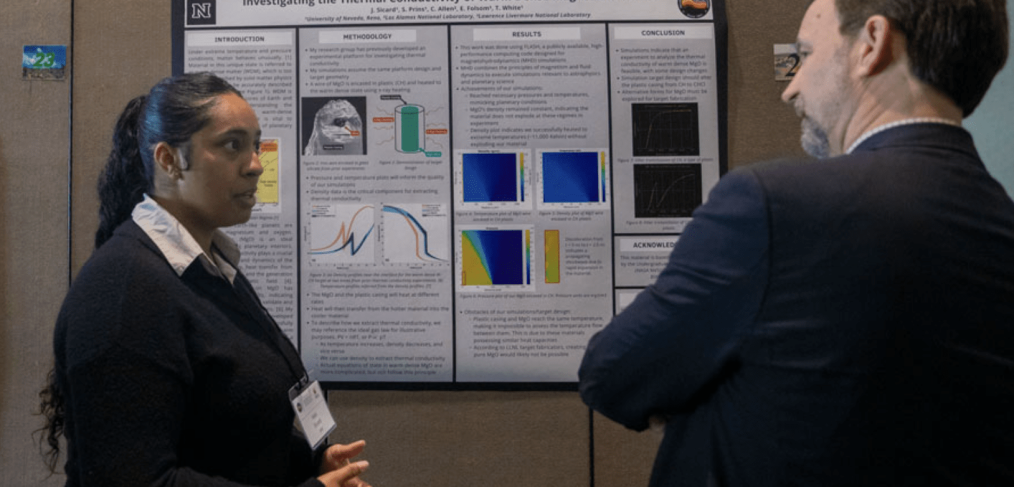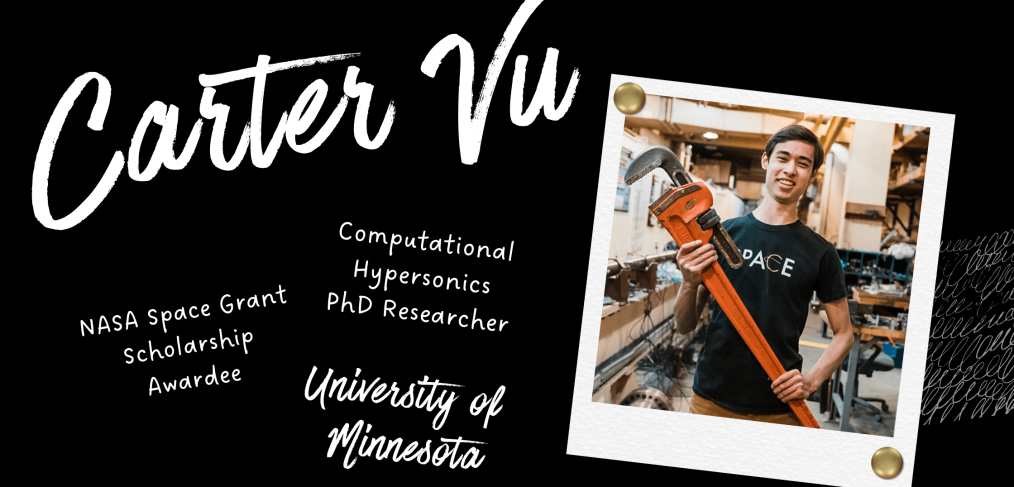STEM-ology, a monthly series of themed science, technology, engineering and mathematics (STEM) events for all ages, returns this month at the University of Wyoming, with events including Toddler Tuesdays, Senior Science Fridays and fun-filled family Science Saturdays.
STEM-ology highlights cross-program collaborations and high-impact learning experiences through free public activities via the Wyoming NASA Space Grant Consortium Science Kitchen, the Science Initiative Roadshow and other UW groups.
This month’s events will have an engineering theme and will take place in the STEM Sandbox, located on the fourth floor of the Science Initiative Building, located on the corner of Ninth and Bradley streets.
Last spring, STEM-ology drew more than 370 participants from the local community and neighboring states, says Karagh Brummond, director of the UW Top-Tier Science Initiative Engagement and Outreach Program.
“We are bringing STEM to life with engaging, hands-on experiences for all ages. Programs are designed to spark curiosity, inspire creativity and make science, technology, engineering and math fun and interactive,” Brummond says.
Read the full article on: uwyo.edu
Original Post Date: 9.11.25
Author Credit: uwyo.edu
